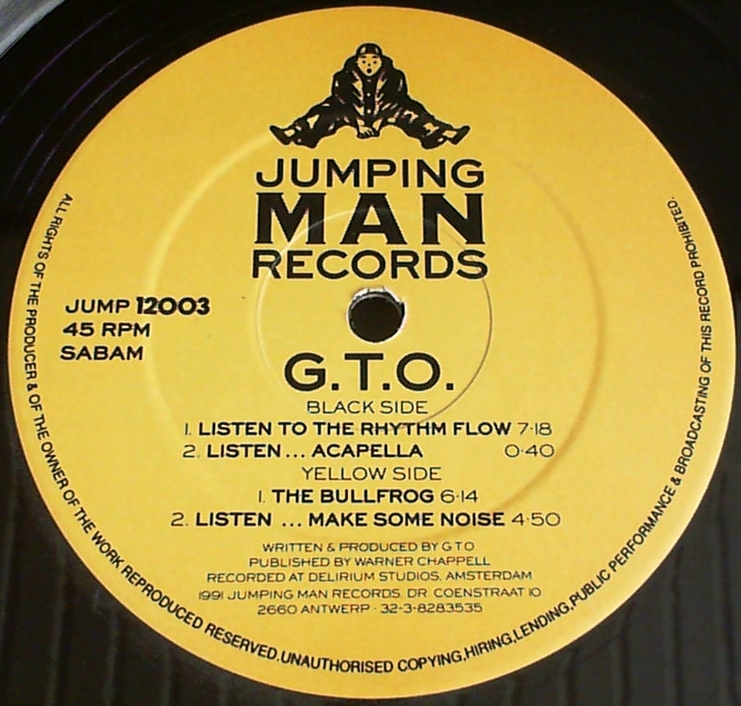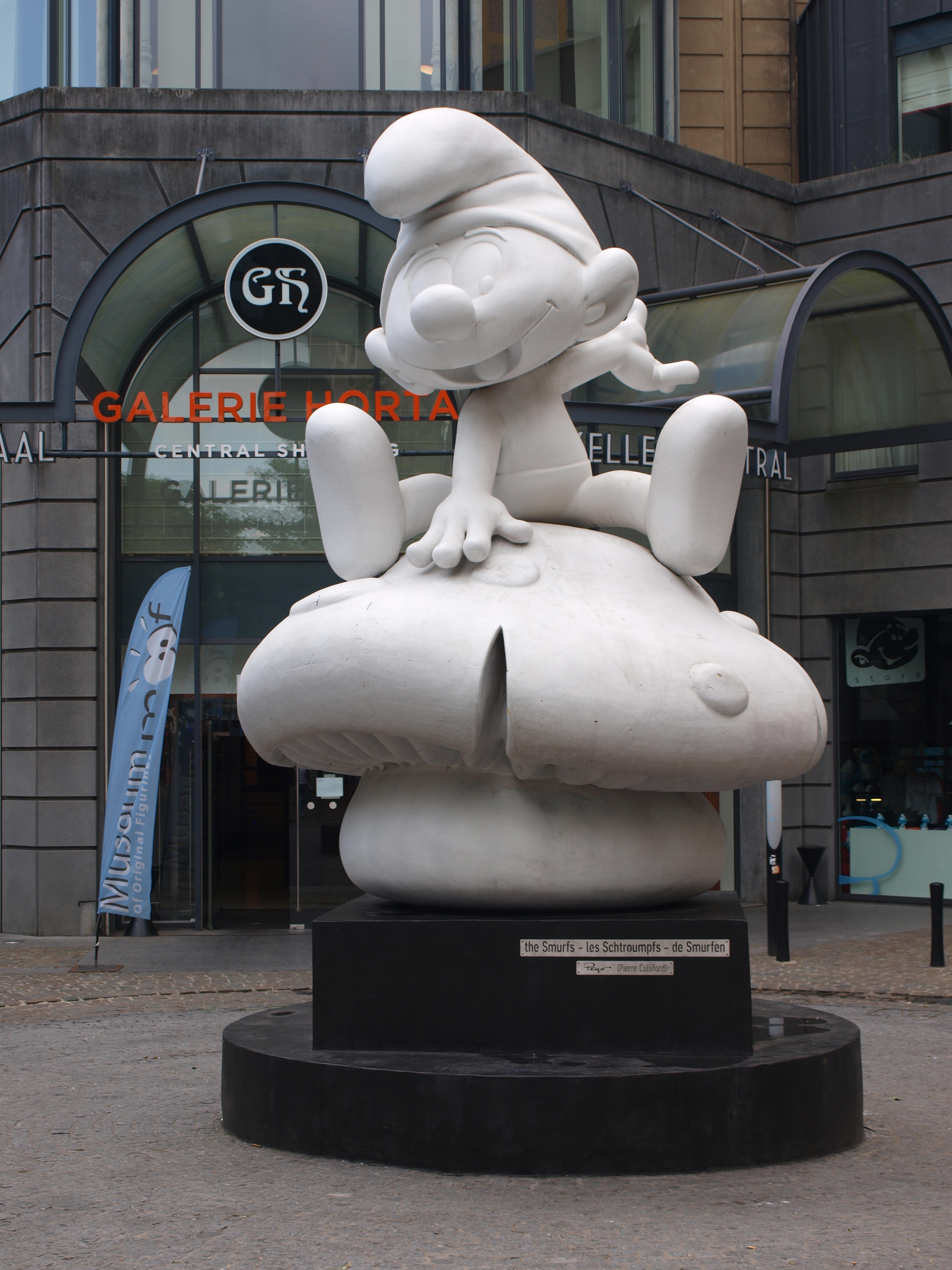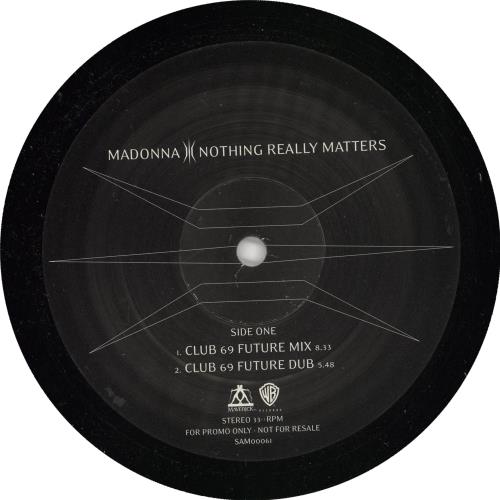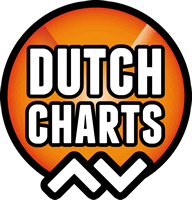|
I Wanna Be A Hippy
"I Wanna Be a Hippy" is a song by English electronic group Technohead. The vocals were taken from David Peel's song "I Like Marijuana", which he sung in the movie '' Rude Awakening''. It first appeared as the B-side to the group's ''Mary Jane EP'', issued by Dutch hardcore techno label Mokum Records. John Peel featured the track "Mary Jane" on his show on 10 February 1995, which helped give the release recognition. In June 1995, "I Wanna Be a Hippy" was released as the lead single from the group's first album, ''Headsex'' (1995); the single includes a remix by Dutch-American production duo Flamman & Abraxas. The song appeared on the mainstream charts later that year, peaking at number one in Austria, Flanders, Germany, and the Netherlands and reaching the top ten in several other countries. In the United Kingdom, the song peaked at number 77 during its original release, but when re-released in early 1996, it reached a new peak of number six. In January and February 1996, Techno ... [...More Info...] [...Related Items...] OR: [Wikipedia] [Google] [Baidu] |
Greater Than One
Greater Than One is an English electronic music band, founded by husband and wife Michael Wells and Lee Newman in 1985. They released many albums under this name, and also under the names Tricky Disco, GTO, John + Julie, Church of Extacy, Signs of Chaos, T.D.5, Salami Brothers, Killout Squad, Technohead and L.E.D.. Only a few of their singles were commercially successful. Since Newman's death on 4 August 1995 from cancer, Wells continues to release music under some of these names, and also as The Man and S.O.L.O. 1985: Greater Than One In 1985, Newman and Wells met at the Royal College of Art in London, formed Greater Than One, and released their first album ''Kill the Pedagogue'' on cassette. During the late 1980s they organised art installations and exhibitions accompanied by their own music: "When the whole audience were in, we started a soundtrack ... war sirens and searchlights. This was designed to disorientate the audience, throwing them into an unexpected nightmare. A ... [...More Info...] [...Related Items...] OR: [Wikipedia] [Google] [Baidu] |
Music Video
A music video is a video of variable duration, that integrates a music song or a music album with imagery that is produced for promotion (marketing), promotional or musical artistic purposes. Modern music videos are primarily made and used as a music marketing device intended to promote the sale of Music Recording, music recordings. Although the origins of music videos date back to musical short, musical short films that first appeared, they again came into prominence when Paramount Global's MTV based its format around the medium. These kinds of videos were described by various terms including "illustrated song", "filmed insert", "promotional (promo) film", "promotional clip", "promotional video", "song video", "song clip", "film clip" or simply "video". Music videos use a wide range of styles and contemporary video-making techniques, including animation, live action, live-action, documentary film, documentary, and non-narrative approaches such as Non-narrative film, abstract fi ... [...More Info...] [...Related Items...] OR: [Wikipedia] [Google] [Baidu] |
The Smurfs Go Pop!
''The Smurfs Go Pop!'' is an album of songs by The Smurfs, released in 1996. Most of the songs are cover versions of existing songs with altered lyrics. Some of the songs function as simple Smurf sing-a-longs ("Smurfs are Back") while others have more of an apparent satirical intent ("The Noisy Smurf"). "I've Got a Little Puppy" was released as a single in the UK and reached number 4 in the Official UK Top 40 Single Charts in September 1996. Track listing # "Smurfs Are Back" – based on "No Limit (2 Unlimited song), No Limit" by 2 Unlimited. The repeated chant "no, no" from the original song is replaced with "yeah, yeah" leading to a climax of "Smurfs are back, yeah!" # "Mr Smurftastic" – based on "Boombastic (song), Boombastic" by Shaggy (artist), Shaggy. # "I've Got a Little Puppy" – based on "I Wanna Be a Hippy" by Technohead. The high-pitched dance vocals of the original, containing blatant drug references, are replaced to comical effect with a more innocent tale about ... [...More Info...] [...Related Items...] OR: [Wikipedia] [Google] [Baidu] |
The Smurfs
''The Smurfs'' (french: Les Schtroumpfs; nl, De Smurfen) is a Belgian comic franchise centered on a fictional colony of small, blue, humanoid creatures who live in mushroom-shaped houses in the forest. ''The Smurfs'' was first created and introduced as a series of comic characters by the Belgian comics artist Peyo (the pen name of Pierre Culliford) in 1958, wherein they were known as ''Les Schtroumpfs''. There are more than 100 Smurf characters, and their names are based on adjectives that emphasise their characteristics, such as "Jokey Smurf", who likes to play practical jokes on his fellow Smurfs. "Smurfette" was the first female Smurf to be introduced in the series. The Smurfs wear Phrygian caps, which came to represent freedom during the modern era. The word "smurf" is the original Dutch translation of the French "schtroumpf", which, according to Peyo, is a word he invented during a meal with fellow cartoonist André Franquin when he could not remember the word ''salt''. ... [...More Info...] [...Related Items...] OR: [Wikipedia] [Google] [Baidu] |
Maxi Single
A maxi single or maxi-single (sometimes abbreviated to MCD or CDM) is a music single release with more than the usual two tracks of an A-side song and a B-side song. The first maxi singles Mungo Jerry's first single, "In the Summertime" was the first maxi single in the world. The term came into wide use in the 1970s, where it usually referred to 7-inch vinyl singles featuring one track on the A-side and two on the B-side. The 1975 reissue of David Bowie's "Space Oddity", where the featured song is coupled with "Changes" and "Velvet Goldmine", is a typical example. By the mid-1970s, it was used to refer to 12" vinyl singles with three or four tracks (or an extended or remixed version of the lead single/song) on the A-side, with an additional two or three tracks on the B-side; the B-side was initially used by DJs. Later, in the 1980s, a typical practice was to release a two-song single on 7" vinyl and cassette, and a maxi-single on 12" vinyl. These first 12" maxi-singles were prom ... [...More Info...] [...Related Items...] OR: [Wikipedia] [Google] [Baidu] |
MegaCharts
Dutch Charts, GfK Dutch Charts, MegaCharts is a chart company responsible for producing a number of official charts in the Netherlands, of which the Single Top 100 and the Album Top 100 are the most known ones. Dutch Charts are also part of GfK Benelux Marketing Services. The Mega Charts ;Singles and Tracks *Single Top 100 *Single Tip ;Albums * Album Top 100 *Compilation Top 30 *Combi Album Top 100 *Backcatalogue Top 50 ;DVDs and others *Dance Top 30 *Midprice Top 50 *Music DVD Top 30 *Film DVD Top 30 *Game Top 10 References External links * Music organisations based in the Netherlands {{music-company-stub ... [...More Info...] [...Related Items...] OR: [Wikipedia] [Google] [Baidu] |
GfK Entertainment
The GfK Entertainment charts are the official music charts in Germany and are gathered and published by GfK Entertainment (formerly Media Control and Media Control GfK International), a subsidiary of GfK, on behalf of Bundesverband Musikindustrie. GfK Entertainment is the provider of weekly Top 100 single and album charts, as well as various other chart formats for genres like compilations, jazz, classical music, schlager, hip hop, dance, comedy, and music videos. Following a lawsuit in March 2014 by Media Control AG, Media Control® GfK International had to change its name. Dissemination of the charts is conducted by various media outlets, some of which include MTV music channel, and the Swiss charts website. Other entities that present the charts are MusicLoad and Mix 1, both of which are online associations that post almost all the charts published by GfK Entertainment on a weekly basis. Furthermore, GfK Entertainment also runs a dedicated website providing chart-related ne ... [...More Info...] [...Related Items...] OR: [Wikipedia] [Google] [Baidu] |
Ultratop
Ultratop is an organization which generates and publishes the official record charts in Belgium. Ultratop is a non-profit organization, created on the initiative of the Belgian Entertainment Association (BEA), the Belgian member organization of the International Federation of the Phonographic Industry. Two parallel sets of charts are concurrently produced and published, one on behalf of Belgium's mainly Dutch-speaking Flanders region, and the other catering to the nation's mainly French-speaking region of Wallonia. Ultratop charts The music charts produced by Ultratop organization are separated along regional-language boundaries, an unusual division that is justified by the cultural differences in Belgium. So it is that the mainly Dutch-speaking Flanders region has one set of charts of record activity there, while the mainly French-speaking Wallonia region has another set to measure popularity in those provinces. The charts are broadcast on several Belgian radio statio ... [...More Info...] [...Related Items...] OR: [Wikipedia] [Google] [Baidu] |
Australian Recording Industry Association
The Australian Recording Industry Association (ARIA) is a trade association representing the Australian recording industry which was established in the 1970s by six major record companies, EMI, Festival, CBS, RCA, WEA and Universal replacing the Association of Australian Record Manufacturers (AARM) which was formed in 1956. It oversees the collection, administration and distribution of music licenses and royalties. The association has more than 100 members, including small labels typically run by one to five people, medium size organisations and very large companies with international affiliates. ARIA is administered by a Board of Directors comprising senior executives from record companies, both large and small. History In 1956, the Association of Australian Record Manufacturers (AARM) was formed by Australia's major record companies. It was replaced in the 1970s by the Australian Recording Industry Association, which was established by the six major record companies operati ... [...More Info...] [...Related Items...] OR: [Wikipedia] [Google] [Baidu] |
Music & Media
''Music & Media'' was a pan-European magazine for radio, music and entertainment. It was published for the first time in 1984 as ''Eurotipsheet'', but in 1986 it changed name to ''Music & Media''. It was originally based in Amsterdam, but later moved to London. The magazine focused specifically on radio, TV, music, charts and related areas of entertainment such as music festivals and events. ''Music & Media'' ceased in August 2003. ''Music & Media'' was the sister publication of '' Billboard'' magazine. Record charts Main charts *European Top 100 Albums (sales) *European Hot 100 Singles The European Hot 100 Singles was compiled by '' Billboard'' and '' Music & Media'' magazine from March 1984 until December 2010. The chart was based on national singles sales charts in 17 European countries: Austria, Belgium (two charts separately ... (sales) *European Airplay Top 50 (airplay) (previously called European Hit Radio Top 40) *European Border Breakers (airplay of European songs brea ... [...More Info...] [...Related Items...] OR: [Wikipedia] [Google] [Baidu] |
European Hot 100 Singles
The European Hot 100 Singles was compiled by '' Billboard'' and '' Music & Media'' magazine from March 1984 until December 2010. The chart was based on national singles sales charts in 17 European countries: Austria, Belgium (two charts separately for Flanders and Wallonia), Denmark, Finland, France, Germany, Greece, Hungary, Ireland, Italy, Netherlands, Norway, Portugal, Spain, Sweden, Switzerland, and the United Kingdom. , the European Hot 100 had accumulated 400 number one hits. The final chart was published on December 11, 2010, following the news of ''Billboard'' closing their London office and letting their UK-based staff go. The final number one single on the chart was "Only Girl (in the World)" by Rihanna. History Europarade Top 30 The first attempt at a Europe-wide chart was the Europarade, which was started in early 1976 by the Dutch TROS radio network. The chart initially consisted of only six countries: the Netherlands, UK, France, Germany, Belgium and Spain. In 197 ... [...More Info...] [...Related Items...] OR: [Wikipedia] [Google] [Baidu] |
Billboard Magazine
''Billboard'' (stylized as ''billboard'') is an American music and entertainment magazine published weekly by Penske Media Corporation. The magazine provides music charts, news, video, opinion, reviews, events, and style related to the music industry. Its music charts include the Hot 100, the 200, and the Global 200, tracking the most popular albums and songs in different genres of music. It also hosts events, owns a publishing firm, and operates several TV shows. ''Billboard'' was founded in 1894 by William Donaldson and James Hennegan as a trade publication for bill posters. Donaldson later acquired Hennegan's interest in 1900 for $500. In the early years of the 20th century, it covered the entertainment industry, such as circuses, fairs, and burlesque shows, and also created a mail service for travelling entertainers. ''Billboard'' began focusing more on the music industry as the jukebox, phonograph, and radio became commonplace. Many topics it covered were spun-off into ... [...More Info...] [...Related Items...] OR: [Wikipedia] [Google] [Baidu] |

.jpg)




